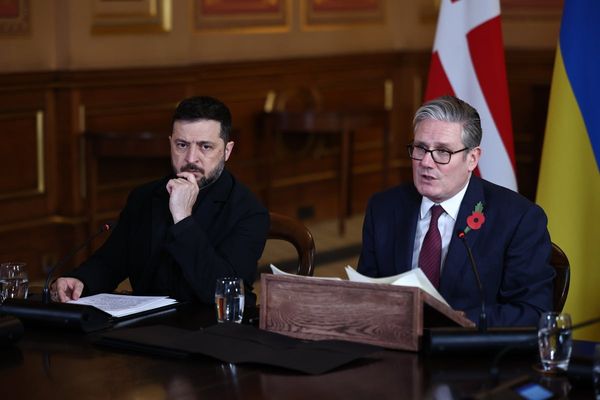
Recent developments in the Middle East suggest a reduction in attacks on US forces following a period of heightened tensions. Earlier this month, the US conducted airstrikes targeting Iranian-backed militants in Yemen, Syria, and Iraq. Tehran had previously issued warnings of potential military responses to any perceived threats from the US. However, a news report indicates that Iran may have advised its proxies to avoid provoking further escalation, leading to a decrease in aggressive actions against US interests.
The reported decrease in attacks aligns with the notion that while Iran engages in saber-rattling, the country may be hesitant to incite a broader conflict with the United States. The strikes launched by the US targeted groups like the Houthis, aimed at disrupting their ability to pose threats in regions such as the Red Sea.
Speculation persists regarding the relationship between these militant groups and Iran. While some sources suggest that these are proxy entities directly representing Iranian interests, others view them as independent groups supported by Iran but not entirely controlled by the Iranian government. Regardless of the exact nature of the connection, the observed reduction in attacks on US interests indicates Iran's involvement and leverage over these groups.
Despite the apparent decrease in hostilities, analysts remain cautious about interpreting the situation as a shift in Iran's long-term strategy. The ultimate goal of these groups aligned with Iran is viewed as challenging Western interests and confronting the West. However, the current lull in attacks may signify a strategic decision to avoid further escalation rather than a fundamental change in objectives.
Amidst this complex dynamic, questions persist regarding Iran's broader intentions, particularly concerning its nuclear program and potential threats posed by militant groups in the region. The multifaceted nature of the Middle East geopolitics underscores the challenges of deciphering the motives and actions of the various parties involved.
As the situation continues to evolve, observers and policymakers remain vigilant, seeking to understand the intricacies of the relationships and power dynamics at play in the region.







